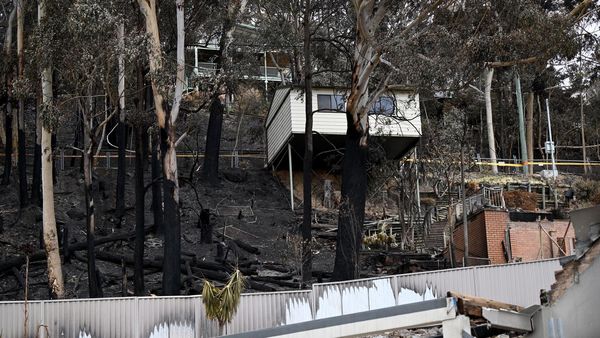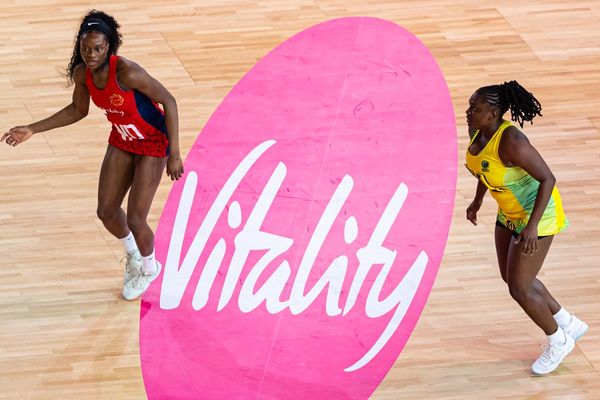
Medical professionals welcomed solutions from both parties around relieving healthcare workforce woes, but warned new medical students could face specialist training shortages
National’s pitch for a third medical school has attracted criticism from medical professionals who say it would overload specialist training that is already highly competitive.
Party leader Christopher Luxon announced the plan from its likely site at the University of Waikato on Wednesday. Including a promised 50 extra spots in Auckland and Dunedin, it would cater for an extra 220 students per year.
READ MORE:
* A diagnosis for an ailing health sector
* Luxon goes West
Improving health is proving to be a big plank in the National Party’s campaign, with Luxon pointing out that 45 percent of patients are waiting a week or longer to see a doctor in his ‘Get New Zealand Back on Track’ speech.
He lays part of the blame on New Zealand’s relatively low medical school-to-population ratio. Similarly populated Ireland has triple the number of medical schools.
If National is running the country come October, it’s promising that ratio will be shifted dramatically from 2027 when the graduate entry programme opens for business.
But while medical professionals are saying that more medical students is part of the solution, they warn it could lead to an imbalance in the training pipeline for doctors.
Harriet Wild is the policy and research director at the Association of Salaried Medical Specialists.
She said training more medical students was a good idea, but without commensurate expansion to specialist training, it wouldn’t solve the problem.
“It’s most definitely an ‘and and’,” she said. “In health you can’t just do one thing, you have to keep adding everywhere – so if you’re adding a third medical school, you have to understand that that is going to create ... a training bottleneck where it becomes ultra-competitive once you get into vocational training.”
She said similar issues in Australia should act as a cautionary tale for New Zealand. Across the Tasman, there have been huge shortfalls of specialty training places.
Australian Minister of Health Mark Butler last year called low numbers of students specialising in general practice “the most terrifying statistic” in healthcare.
It’s lead to a projected shortfall of some 10,000 GPs by 2030, with rural areas the least served.
“We've seen this happen in Australia where they had a massive increase in their medical student numbers and then as those students came through and started entering the vocational training pipeline, there were very few places for them to go,” Wild said. “The whole system is predicated on people moving through the pipeline.”
So why is there nowhere for them to go?
Wild said it’s all about finding the senior medical staff willing to take on a supervisory role while also handling their already-demanding job.
The pipeline relied on keeping the balance between training capacity at specialist training colleges and student demand, she said.
However, building capacity at each point in the pipeline was important.
If National’s promised graduate numbers are correct, they would represent a 40 percent increase in the number of medical students coming out ready for specialisation.
Wild said there also needed to be a strong focus on retention to ensure that would-be supervisors aren’t leaving before they can help train a new crop of specialists.
She wants to see bipartisan support on a solution.
“We need to have strong political consensus,” she said. “What we've seen this week is really two approaches from the two major parties but we need to see a lot more considered, collaborative work together to address health – because this isn’t something that you can just fix overnight."
Association of Salaried Medical Specialists executive director Sarah Dalton said National’s proposal was a “big piece in the workforce puzzle”, but had flow-on implications to keep in mind.
“If we grow the numbers at medical school, we need to build in capacity for clinical placements, training, and supervision at each stage of undergraduate and vocational training,” she said. “But those are all good problems to have as we grow the local supply of doctors."
The capital costs of the new school are expected to be $380 million, with the Government potentially contributing up to $280 million with the remainder raised by Waikato University. Operating costs for the new school and increased training places at the other two are as follows:
Meanwhile, one of the country’s two existing medical schools was welcoming National’s commitment to bolstering medical school numbers but wasn't so sure of the planned location.
A spokesperson for the University of Auckland said they believed a school in Waikato was unnecessary given their university already operated throughout the upper North Island. Resourcing the existing school would be a more cost-effective and efficient way of increasing the number of future doctors, they said.
Professor Warwick Bagg, acting dean of Faculty of Medical and Health Sciences, said Auckland University had been exploring how it could offer more medical places.
“The university is currently planning for a class size of 330 and can lift this to more than 460 by 2027,” he said.
That would take in regional clinical schools in Whangārei, Hamilton and Tauranga.
“Aotearoa New Zealand is a small country and it is critical for us to make wise decisions, using and building on existing infrastructure and capability to expand our medical workforce.”
Meanwhile, the Waikato Chamber of Commerce applauded the idea, with CEO Don Good saying the move anticipated the inevitable retirement of the current health workforce.
“A third medical school at the University of Waikato stacks up any way you look at it, whether it’s through a social, economic, or cultural lens,” he said. “Establishing a medical school in Hamilton is good for the city, the region and our country as a whole.”







